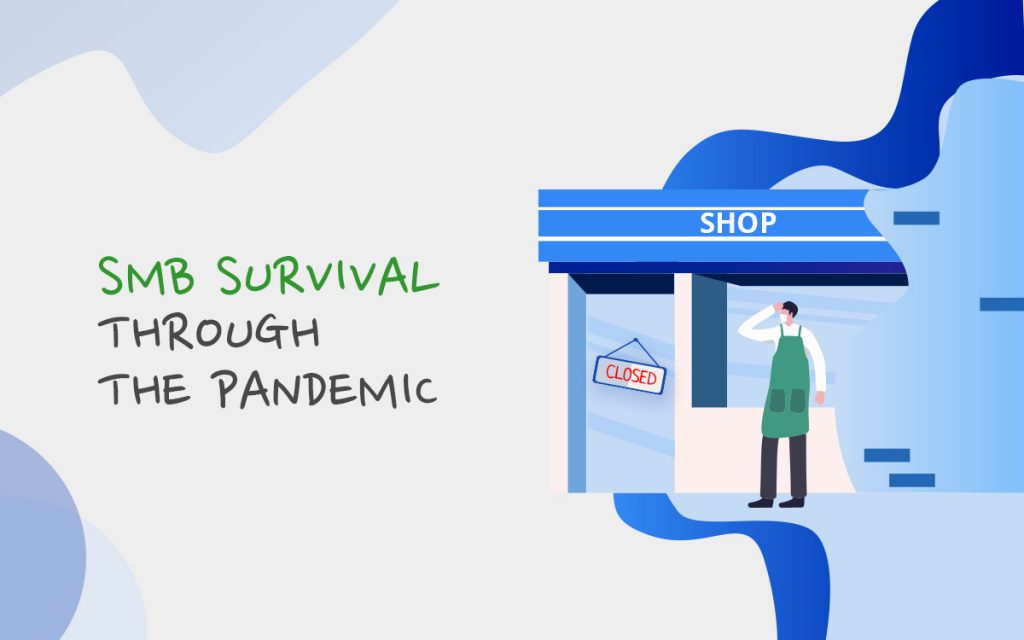The survey of eight top-level SMB categories was conducted by researchers in partnership with Alignable in late March 2020, and covers a cross-section of 5,800 SMB owners in the US. Some of the key findings:
- 41% of SMBs are temporarily closed due to the pandemic
- 2% are permanently closed
- 40% of the workforce, on average, has been laid off or furloughed since late January
- 72% said there’s a “high likelihood of staying in business” if normal operations resume within one month
The eight top-level categories are:
- Retail (except grocery)
- Arts & Entertainment
- Construction
- Healthcare
- Personal Services
- Restaurants etc.
- Tourism & Lodging
- Industrial
In broad terms, categories that depend on in-person service (Retail, Personal Services, Restaurants, Tourism & Lodging) fare the most poorly on the survivability metrics. For example, only 30% of restaurants believe they’re likely to still be open if the crisis lasts for four months. This number drops to 15% if the crisis lasts for six months.
Interestingly, one of the more resilient categories is Construction, with 45% believing they’re likely to be open even if the crisis lasts for six months. (We see several reasons for this finding, one being the demand for residential renovations and improvements due to the increased utilization of residences).
The survival expectations for the other categories were between these two.
A key reason for the high rates of mortality is lack of liquidity. Many SMBs already operate with tight cash flow. For example, the median SMB has more than $10,000 in monthly overhead, but less than one month of cash on hand.
Respondents were also asked about the Paycheck Protection Program (PPP), part of the federal government’s $2 trillion economic relief package. Although 70% expressed interest in pursuing a program of this nature, a significant number said they wouldn’t apply because of anticipated problems due to red tape and a distrust in the government to forgive the loans. Notably, The survey was taken before the widely-publicized exhaustion of the original PPP funding—which occurred within two weeks of the program’s launch.
Note: The survey operationalized “the crisis” and “current restrictions” as social-distancing requirements (i.e. “normal” is the elimination of this requirement).
The HBS report can be seen here:
https://hbswk.hbs.edu/item/small-businesses-are-worse-off-than-we-thought
Details on the survey findings and methodology can be seen here:
https://www.hbs.edu/faculty/Publication%20Files/20-102_4188b2aa-5346-451a-9211-97ee87daa755.pdf








